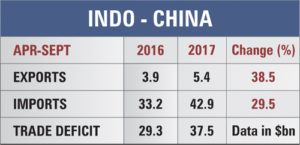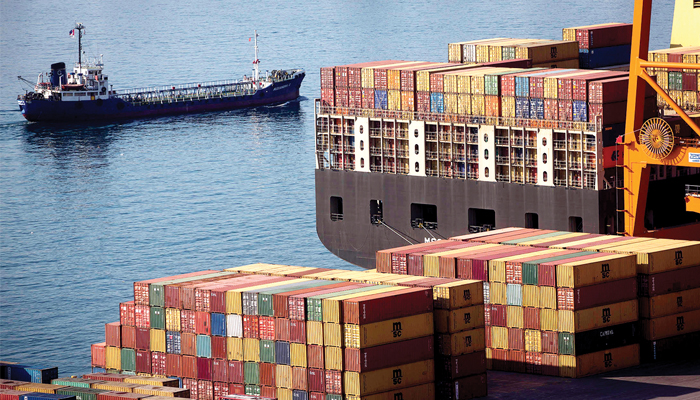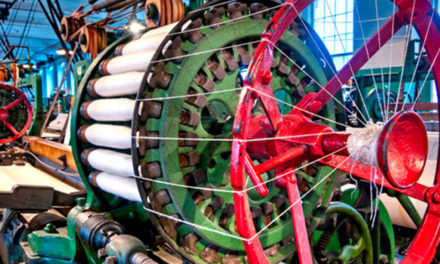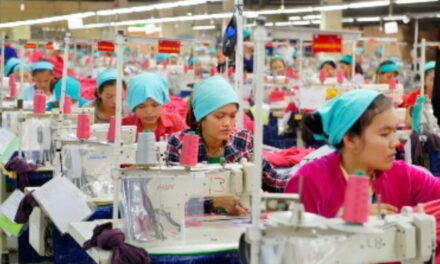India and China may have been engaged in a verbal duel over border disputes for the past few months, but the country’s exports to the neighbouring nation have surged 39 per cent during the first half of the current fiscal, amid indications that Beijing is more accommodating in addressing New Delhi’s long pending trade concerns.
Latest data available with the Commerce Department showed that exports have grown faster than the pace of import expansion with India’s largest trading partner, although the trade deficit has widened given the massive shipments of electronics and pharmaceuticals from across the border. A large part of the export jump was driven by three sectors: Iron ore, cotton yarn & ferro alloys, all raw material and inputs that feed into China’s manufacturing chain.
Highlights
- India’s exports to China have increased 39 per cent in the first half of this fiscal
- However, the imports too have shot up 29 per cent, thus widening the trade deficit
- Government is looking to rationalise the trade deficit with a sector-specific strategy
But the government is looking to ensure that the best quality iron ore does not flow out of the country and only those with lower ferrous content gets loaded for ships that sail to Chinese ports, said sources. Sources said that Commerce and Industry Minister Suresh Prabhu has also flagged several issues with the Chinese authorities to push export of Indian goods, many of which face restrictions.

The government is looking at easier rules for export of agricultural products, including non-basmati rice, identified as an item of significant potential and the issue is being flagged. Now, the government is planning to bridge the trade gap by checking imports. Prabhu is looking to set-up a task force under Commerce Secretary Rita Teaotia to rationalise the trade deficit with a sector-specific strategy, sources said.
While the government realises that it may not be possible to completely choke the flow of smartphones and other electronic items from China, it wants to put in place standards for a host of other products to ensure that the near unabated flow is stemmed.Given the high dependence of Indian pharmaceutical ompanies on raw material from China, the government is keen to initiate steps to get domestic players to claw back into the space. While this has been discussed for years, there has hardly been any movement on this front.











